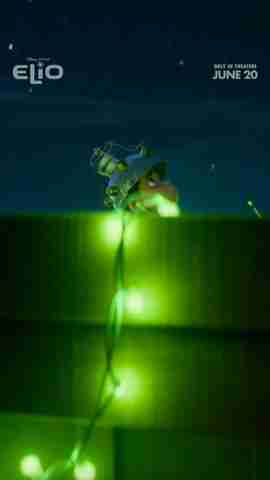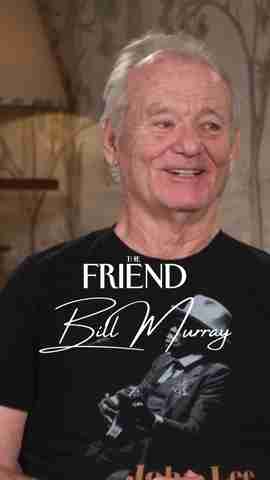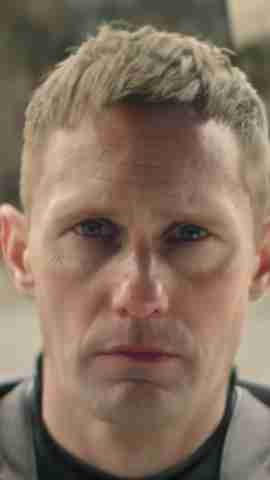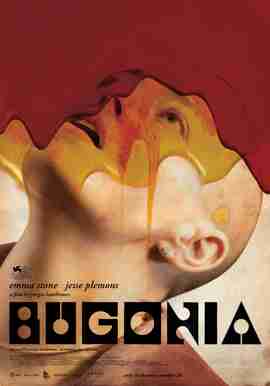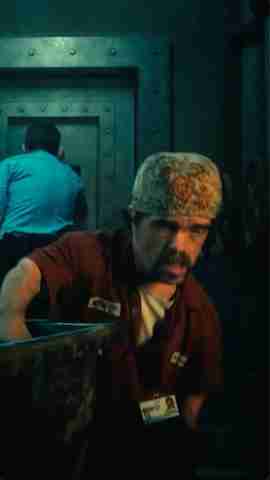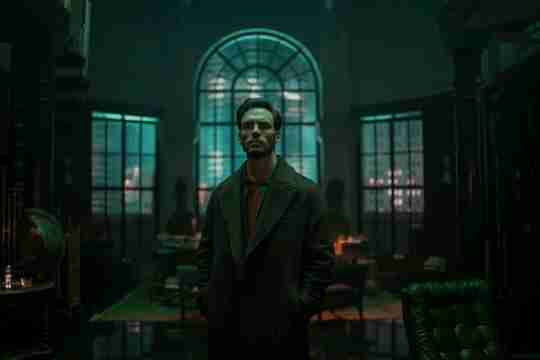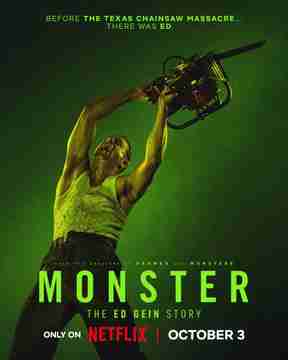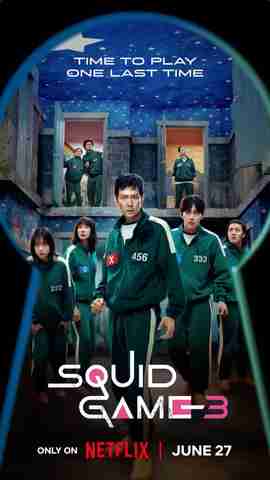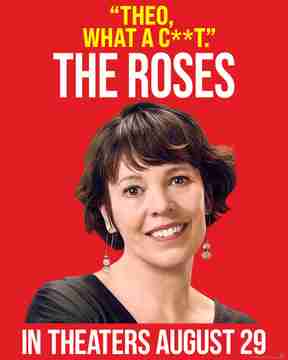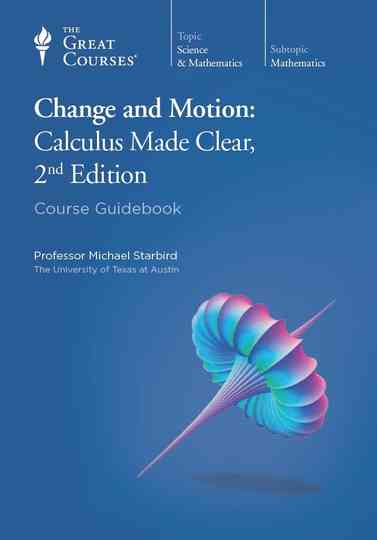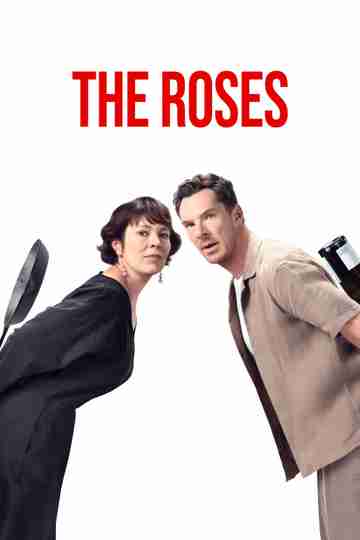Season 1 Plot
Conquer calculus-one of the most powerful and useful of all mathematical skills-with this simple and brilliant guide taught by an award-winning mathematician.
Change and Motion: Calculus Made Clear, 2nd Edition Season 1 aired on January 1st, 2001.
Season 1 Episodes
1. Two Ideas, Vast Implications
Calculus is a subject of enormous importance and historical impact. It provides a dynamic view of the world and is an invaluable tool for measuring change. Calculus is applicable in many situations, from the trajectory of a baseball to changes in the Dow Jones average or elephant populations. Yet, at its core, calculus is the study of two ideas about motion and change.
2. Stop Sign Crime-The First Idea of Calculus-The Derivative
The example of a car moving down a straight road is a simple and effective way to study motion. An everyday scenario that involves running a stop sign and the use of a camera illustrates the first fundamental idea of calculus: the derivative.
3. Another Car, Another Crime-The Second Idea of Calculus-The Integral
You are kidnapped and driven away in a car. You can't see out the window, but you are able to shoot a videotape of the speedometer. The process by which you can use information about speed to compute the exact location of the car at the end of one hour is the second idea of calculus: the integral.
4. The Fundamental Theorem of Calculus
The moving car scenario illustrates the Fundamental Theorem of Calculus. This states that the derivative and the integral are two sides of the same coin. The insight of calculus, the Fundamental Theorem creates a method for finding a value that would otherwise be hard or impossible to get, even with a computer.
5. Visualizing the Derivative-Slopes
Change is so fundamental to our vision of the world that we view it as the driving force in our understanding of physics, biology, economics-virtually anything. Graphs are a way to visualize the derivative's ability to analyze and quantify change.
6. Derivatives the Easy Way-Symbol Pushing
The derivative lets us understand how a change in one variable affects a dependent quantity. We have studied this relationship with respect to time. But the derivative can be abstracted to many other dependencies, such as that of the area of a circle on the length of its radius, or supply or demand on price.
7. Abstracting the Derivative-Circles and Belts
One of the most useful ways to consider derivatives is to view them algebraically. We can find the derivative of a function expressed algebraically by using a mechanical process, bypassing the infinite process of taking derivatives at each point.
8. Circles, Pyramids, Cones, and Spheres
The description of moving objects is one of the most direct applications of calculus. Analyzing the trajectories and speeds of projectiles has an illustrious history. This includes Galileo's famous experiments in Pisa and Newton's theories that allow us to compute the path and speed of projectiles, from baseballs to planets.
9. Archimedes and the Tractrix
Optimization problems-for example, maximizing the area that can be enclosed by a certain amount of fencing-often bring students to tears. But they illustrate questions of enormous importance in the real world. The strategy for solving these problems involves an intriguing application of derivatives.
10. The Integral and the Fundamental Theorem
Formulas for areas and volumes can be deduced by dividing such objects as cones and spheres into thin pieces. Ancient examples of this method were precursors to the modern idea of the integral.
11. Abstracting the Integral-Pyramids and Dams
Archimedes devised an ingenious method that foreshadowed the idea of the integral in that it involved slicing a sphere into thin sections. Integrals provide effective techniques for computing volumes of solids and areas of surfaces. The image of an onion is useful in investigating how a solid ball can be viewed as layers of surfaces.
12. Buffon's Needle or ? from Breadsticks
The integral involves breaking intervals of change into small pieces and then adding them up. We use Leibniz's notation for the integral because the long S shape reminds us that the definition of the integral involves sums.
13. Achilles, Tortoises, Limits, and Continuity
The integral's strategy of adding up little pieces solves a variety of problems, such as finding the volume of a pyramid or the total pressure on the face of a dam.
14. Calculators and Approximations
The Fundamental Theorem links the integral and the derivative. It shortcuts the integral's infinite process of summing and replaces it by a single subtraction.
15. The Best of All Possible Worlds-Optimization
Calculus is useful in many branches of mathematics. The 18th-century French scientist Georges Louis Leclerc Compte de Buffon used calculus and breadsticks to perform an experiment in probability. His experiment showed how random events can ultimately lead to an exact number.
16. The Best of All Possible Worlds-Optimization
Calculus is useful in many branches of mathematics. The 18th-century French scientist Georges Louis Leclerc Compte de Buffon used calculus and breadsticks to perform an experiment in probability. His experiment showed how random events can ultimately lead to an exact number.
17. Galileo, Newton, and Baseball
The real numbers in toto constitute a smooth, seamless continuum. Viewing the world as continuous in time and space allows us to make mathematical models that are helpful and predictive
18. Getting off the Line-Motion in Space
Zeno's Arrow Paradox shows us that an infinite addition problem (1/2 + 1/4 + 1/8 + . . .) can result in a single number: 1. Similarly, it is possible to approximate values such as ? or the square root of 2 by adding up the first few hundred terms of infinite sum. Calculators use this method when we push the "sin" or square root keys.
19. Mountain Slopes and Tangent Planes
We have seen how to analyze change and dependency according to one varying quantity. But many processes and things in nature vary according to several features. The steepness of a mountain slope is one example. To describe these real-world situations, we must use planes instead of lines to capture the philosophy of the derivative.
20. Several Variables-Volumes Galore
After developing the ideas of calculus for cars moving in a straight line, we have gained enough expertise to apply the same reasoning to anything moving in space-from mosquitoes to planets.
21. The Fundamental Theorem Extended
Calculus plays a central role in describing much of physics. It is integral to the description of planetary motion, mechanics, fluid dynamics, waves, thermodynamics, electricity, optics, and more. It can describe the physics of sound, but can't explain why we enjoy Bach.
22. Fields of Arrows-Differential Equations
Many money matters are prime examples of rates of change. The difference between getting rich and going broke is often determined by our ability to predict future trends. The perspective and methods of calculus are helpful tools in attempts to decide such questions as what production levels of a good will maximize profit.
23. Owls, Rats, Waves, and Guitars
Whether looking at people or pachyderms, the models for predicting future populations all involve the rates of population change. Calculus is well suited to this task. However, the discrete version of the Verhulst Model is an example of chaotic behavior-an application for which calculus may not be appropriate.
24. Calculus Everywhere
There are limits to the realms of applicability of calculus, but it would be difficult to exaggerate its importance and influence in our lives. When considered in all of its aspects, calculus truly has been-and will continue to be-one of the most effective and influential strategies for analyzing our world that has ever been devised.










